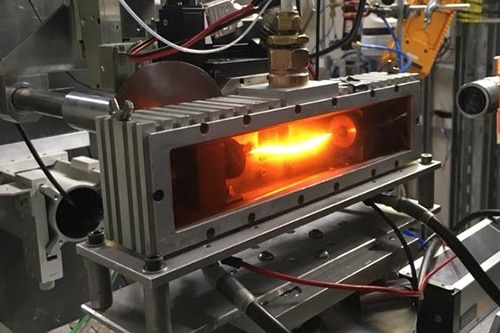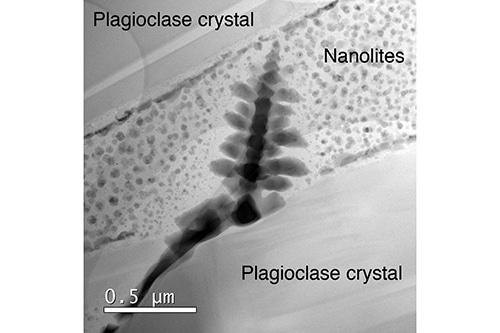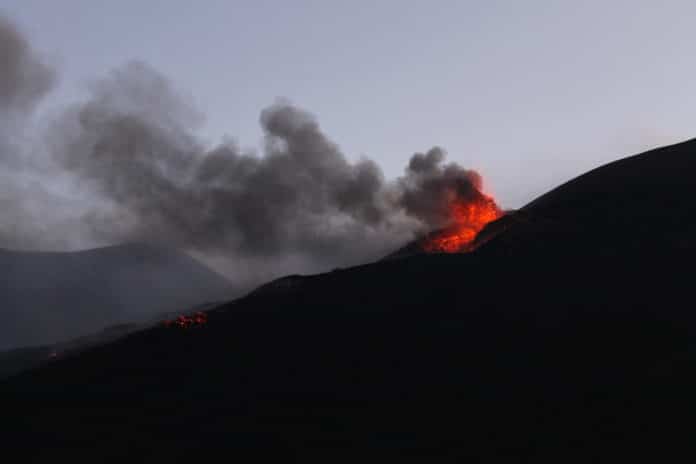Gas exsolution is a major driving force behind explosive volcanic eruptions. Their viscosity is critical in controlling the escape of bubbles and switching between explosive and effusive behavior.
Volcanoes with low silica magma compositions have very low viscosity, which allows the gas to escape gently.
A new study by the University of Bristol has shown that nanolites can increase the viscosity for a limited time, which would trap gas in the sticky liquid. This can trigger a sudden switch in behavior that was previously difficult to explain.

According to the study, nanolites can have a surprising effect on magma viscosity and thereby volcanic eruptions.
Scientists used cutting-edge nano-imaging and Raman spectroscopy to seek evidence of these almost invisible particles in ash that erupted during very violent eruptions.
Scientists then remelted these rocks in the lab and recreated the correct cooling rate to produce nanolites in the molten magma. Using the dissipating of too bright synchrotron source radiation (10 billion times more splendid than the sun), we could document nanolite growth.
Dr. Richard Brooker, also from Earth Sciences, said, “We then produced a nanolite-bearing basaltic foam (pumice) under laboratory conditions, also demonstrating how these nanolites can be produced by undercooling as volatiles are exsolved from magma, lowering the liquidus.”

Professor Heidy Mader added: “By conducting new experiments on synthetic analogue materials, at low shear rates relative to volcanic systems, we were able to demonstrate the possibility of extreme viscosities for nanolite-bearing magma, extending our understanding of the unusual (non-Newtonian) behavior of nanofluids, which have remained enigmatic since the term was coined 25 years ago.”
Dr. Danilo Di Genova from the University of Bristol’s School of Earth Sciences said, “This discovery provides an eloquent explanation for violent eruptions at volcanos that are generally well behaved but occasionally present us with a deadly surprise, such as the 122 BC eruption of Mount Etna.”
Journal Reference:
- Danilo Di Genova et al. In situ observation of nanolite growth in volcanic melt: A driving force for explosive eruptions. DOI: 10.1126/sciadv.abb0413
